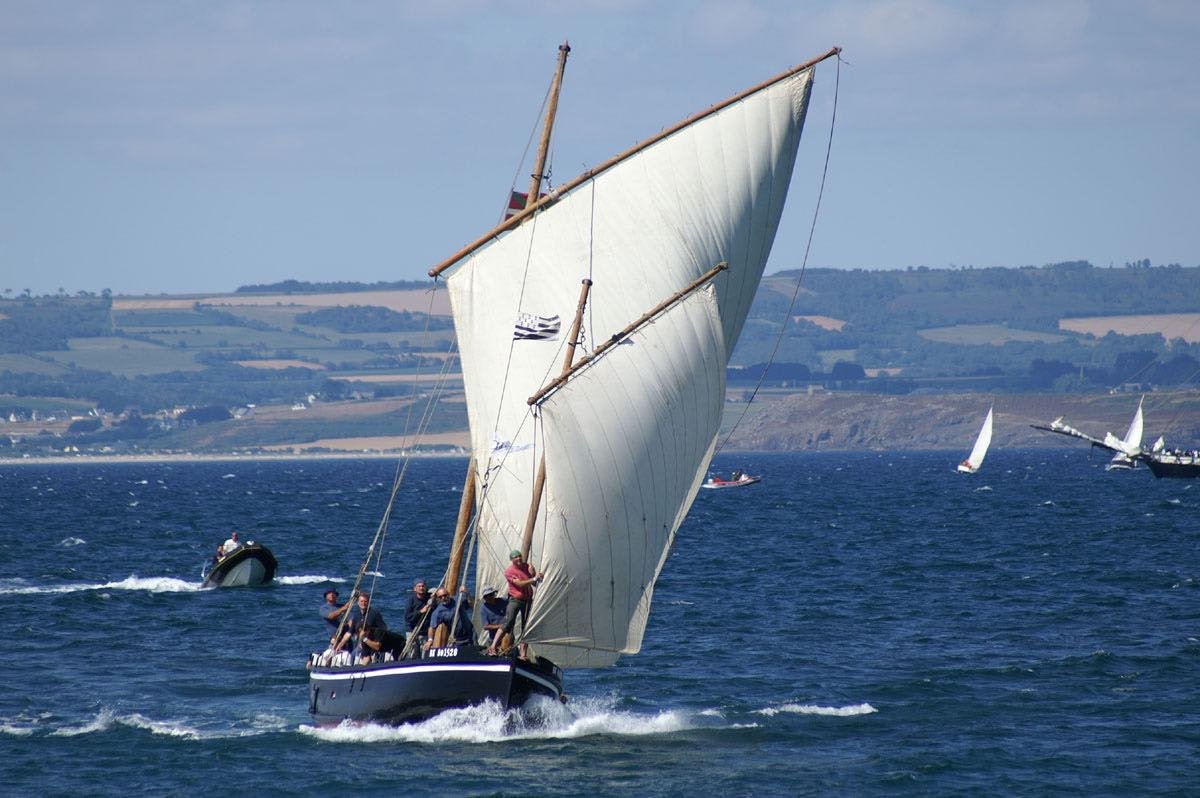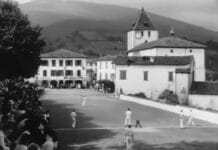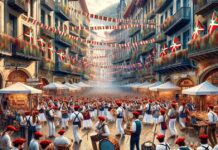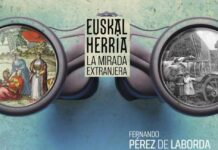This article was translated by John R. Bopp
We aren’t especially thrilled that the Vuelta a España has come back to the Basque Autonomous Community. It’s not because that’s its name, or because we think it’s a symbol of “occupation”. We don’t need to go into those “ideological depths” to explain why we’re so unenthusiastic about this sport/business happening on Basque land.
We understand that for many fans, this sport’s arrival is a party, as we’ve seen these days in Bilbao. But we can’t forget the manipulation that caused this competition to leave and then come back to this part of the Land of the Basques. We recommend those interested in these matters to read up on the analysis of its leaving and its return: economic interests disguised as “political reasons” and “political reasons” disguised as “sports decisions”.
But let’s get back to what inspired us to write this entry. We were reading about how the stage held on September 2 was between Bilbao and Urdax, and we were reminded of the strong connection that existed for centuries between the mining towns of Biscay situated along the Nervión with this town in the Kingdom of Navarre; two locations that would seem to have no more connection than both belonging to the Land of the Basques.
But there is a greater connection, a maritime one that took Biscayne iron to the monks of this Navarrese town to process it. It reminded us, curiously, of the Welsh daily Argus, for which reporter John Phillips and Newport city councilman Charles Ferris took a cruise in a Basque txalupa handia, called “Brokoa”, along the Basque coast. Their objective was to retrace the route that the Basque ship found wrecked in that Welsh town a decade ago might have taken.
The Welsh paper published a chronicle in July 2013 telling how both Welsh visitors had made this trip, of huge historical interest that is completely unkown to most Basques.
We’re referring to the trip that, from the Middle Ages to the 17th Century, was made by part of the iron that was extracted from the mines in Somorrostro and then turned into iron ingots in the ironworks of the Northern Basque Country or, as iron ore, to the ironworks in Urdax, a town in Lower Navarre right on the border with Upper Navarre. This trip started at the port in Portugalete, went through the ports of the Northern Basque Country, and then went by river to the ironworks in Urdax.
We talked about all this in a blog entry a while back. But the route this cycling stage took has encouraged us to share it again, an interesting story of mines, sailors, monks, boats, and iron, running all over the Land of the Basques.
Argus – 29/7/2013 – Gales
Argus man begins voyage of discovery on origins of Newport Ship

ARGUS reporter JOHN PHILLIPS and Newport councillor Charles Ferris set sail on Saturday on a journey of discovery following a route that may have been taken by the ship found here a decade ago. WELCOME to the Brokoa, a vessel which is currently retracing the voyage of sailors who once delivered iron ore from Bilbao, Spain, to ports in the Basque region. I’m on board to bring you reports from ports and forges that melted metal for centuries and Guernica, which was once a hub for iron ore merchants
(Continue) (Automatic Translation)
Asociacion Itsas Begia
L’association ITSAS BEGIA, “l’oeil de la mer ” en basque , oeuvre à la sauvegarde et à la mise en valeur du patrimoine et de la culture maritimes basques, au travers de ses différentes activités : la recherche documentaire, le sauvetage ou la reconstitution d’embarcations, le modélisme naval, la présentation des résultats de ses travaux à un large public, le projet d’un conservatoire du patrimoine maritime basque…
(Continue) (Automatic Translation)
El cabotaje del hierro de Bizkaia
Cabotaje a vela del mineral de hierro de las minas de Somorrostro, desde los cargadores del Nervión y el Barbadun (Bizkaia), hasta las ferrerías de Urdax (Navarra). El III cabotaje 2011 sigue los fines de Itsas Begia por recuperar y conservar el Patrimonio Marítimo del País Vasco. Se destacaran los lugares extremos del itinerario, la margen izquierda del Nervión y las ferrerías de Urdax. Itsas Begia es la Asociación para la Conservación del Patrimonio Marítimo Vasco, creada en Cibur en 1981, y que cuenta en la actualidad con más de ciento cincuenta socios.
(Continue) (Automatic Translation)
Last Updated on Dec 20, 2020 by About Basque Country































